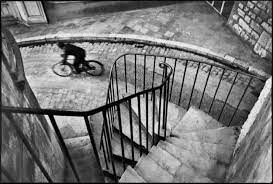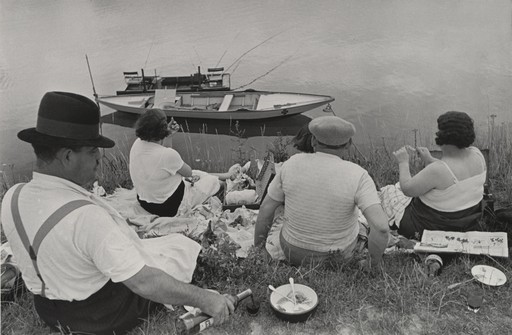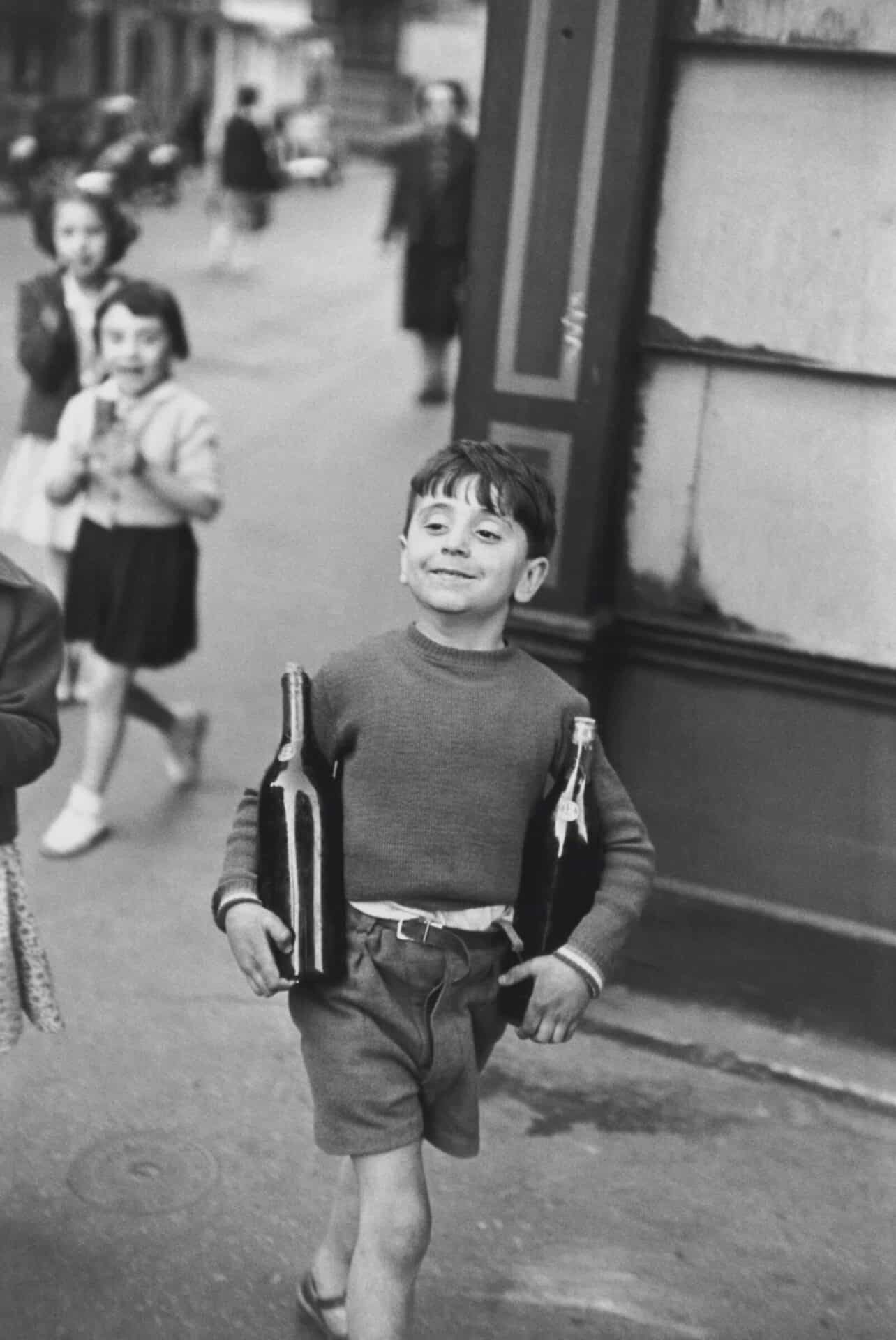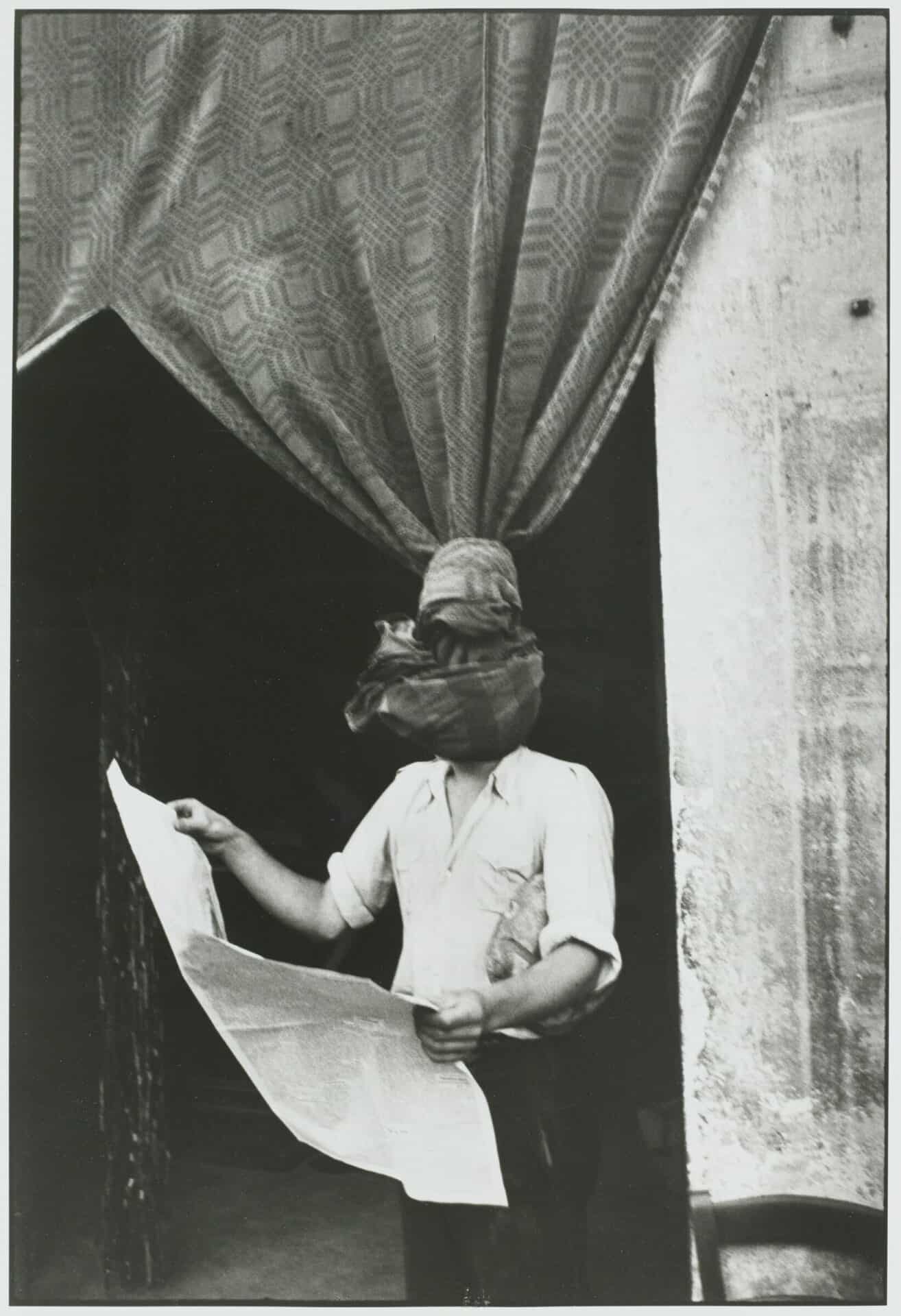Next – Project

Henri Cartier-Bresson
Ludwig Museum of Contemporary Art, Budapest
21 March – 26 May 2002
Host curator of travelling exhibition
Concept by Robert Delpire
Organised with Magnum Photos
Supported by Institut Francais
Presented with Budapest Month of Photography and Spring Festival
“To photograph means placing on the same line of sight your head, your eye and your hear. Photography is a way of life.” – Henri Cartier-Bresson

Henri Cartier-Bresson was one of the founders and most prestigious artists of 20th-century photography. His photographs stand as the testament of the greatest cultural and political figures, venues and events of that century. The Henri Cartier-Bresson Retrospective, hosted by the Ludwig Museum Budapest, presented 155 iconic images in black and white. The exhibition was organised with Vera Baksa Sóos and accompanied by an English-speaking conference (22 March 2002).
Brief Biography
1908 Born on August 22 in Chanteloup-en-Seine et Marne, France
1927 Studies painting with André Lhote in Paris and keeps contact with the Surrealists circles
1929 Studies painting and literature at Cambridge
1931 Begins to photograph and travels the world (India, China, the Soviet Union, Mexico)
1932 First exhibition of photographs in New York and settles in Mexico; works as the second assistant of the filmmaker Jean Renoir until 1939
1940 to 1943 Prisoner of war (Baden-Württemberg)
1943 Returns to photography (artists’ portraits and documentary photos)
1946 Returns to the United States
1947 Establishes Magnum Photos Agency with Robert Capa and David Seymour
1974 Abandons photography, entirely devoted to drawing



Exhibition Catalogue
Henri Cartier-Bresson Retrospective
Published by Ludwig Museum Budapest, 2002
Edited by Jade Niklai and Vera Baksa-Sóos
Text by Katalin Néray and László Beke
40 pages, illustrations in back and white

